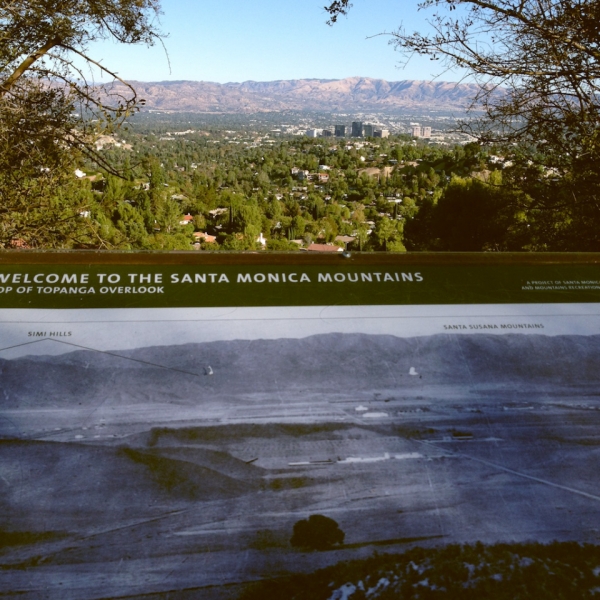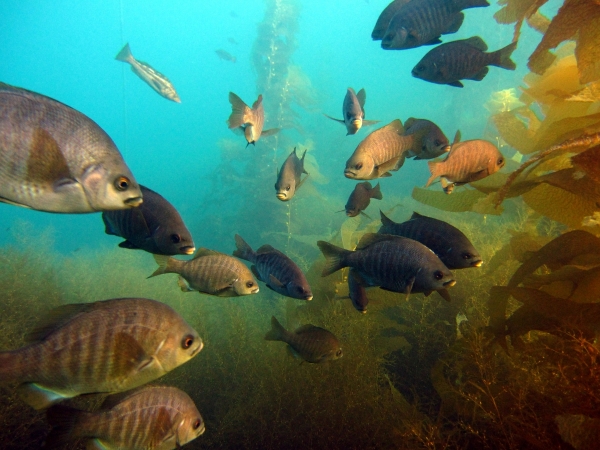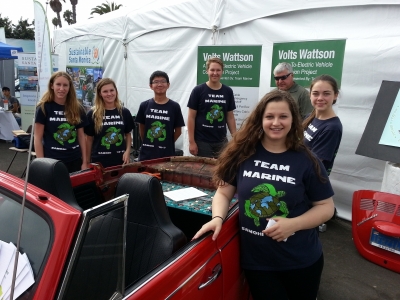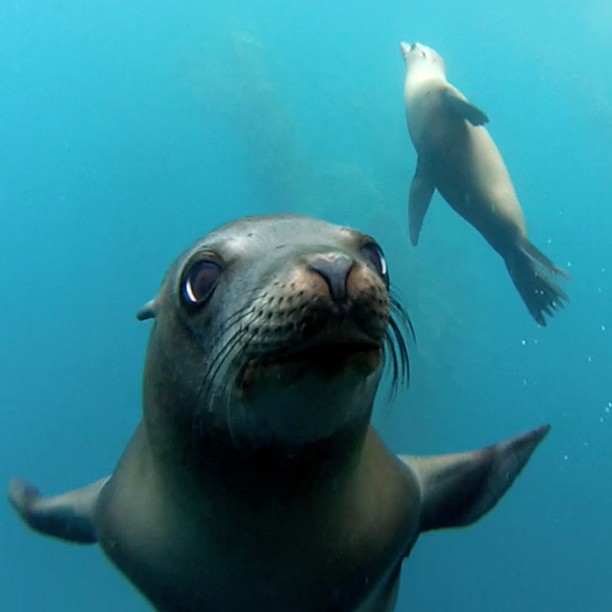Ruskin Hartley, Heal the Bay’s chief executive officer, says the L.A. Aqueduct changed the world. But now we must change.
A century ago, Los Angeles was largely reliant on the water that fell in its own backyard. Then Mulholland opened the canal gates and the people of L.A. took what they had been given. Rain and snow from the eastern Sierra mountains could now flow under gravity to fuel the growth of suburban Los Angeles. It was then and is now an engineering marvel.
It’s all too easy to see this as a bad thing. After all, as water flowed south the Owens Valley and Mono Lake suffered. I went there earlier this summer and saw the toxic dust clouds myself. The lake levels are down and the natural system is suffering as a result of all the water that is shipped south to this day.
At the same time, that water has changed the world.
Really.
I grew up in England in the 1970s and 1980s. It was a long way from Los Angeles. But L.A. loomed large in television shows, popular culture, and fast food. And the world tried to emulate it. It is not a stretch to say that the Hollywood dream machine was built on the back of water from the Owens Valley.
And that’s where the problem comes in. Classical economic theory would have it that a rational person chooses the option that maximizes economic return. Well that water diverted from the Owens Valley has created an awful lot of value down here in Southern California and around the world. Some might argue that it is greater than the value of all the fish and critters that lived in the Owens Valley. So in theory if we had it over, we’d do it all again. Personally, I think that a simple economic approach is short-sighted and ignores the intrinsic values of nature that cannot (or should not) be monetized.
Because there is no going back, the challenge is where we go in the next 100 years. Realistically, we are going to continue transferring water from the Owens Valley (and Colorado and Bay Delta). The promise ahead is to do it in a way that helps L.A. and the Owens Valley, Colorado Basin and Bay Delta recover. One way to do this is to make better use of our water resources here in Los Angeles.
And that brings me to Heal the Bay. We’ve been focused on water quality in Santa Monica Bay for 28 years. We’ve also focused not only on water quality, but water supply as well. The two are inextricably linked. Our science and policy team has been working with local municipalities to mobilize public support for a stormwater funding measure that would build green infrastructure throughout the county. Capturing and reusing stormwater helps reduce water pollution, helps develop local water supplies, and in turn reduces our dependence on imported water. So it’s good for our bay, good for the Owens Valley, good for the Colorado River system, and good for the Bay Delta. I am sure it makes economic sense. But it also just happens to be the right thing to do.



 Signage at the Topanga Overlook.
Signage at the Topanga Overlook. Black perch congregate in MPA off Catalina Island
Black perch congregate in MPA off Catalina Island

 These Islands, along with
These Islands, along with 